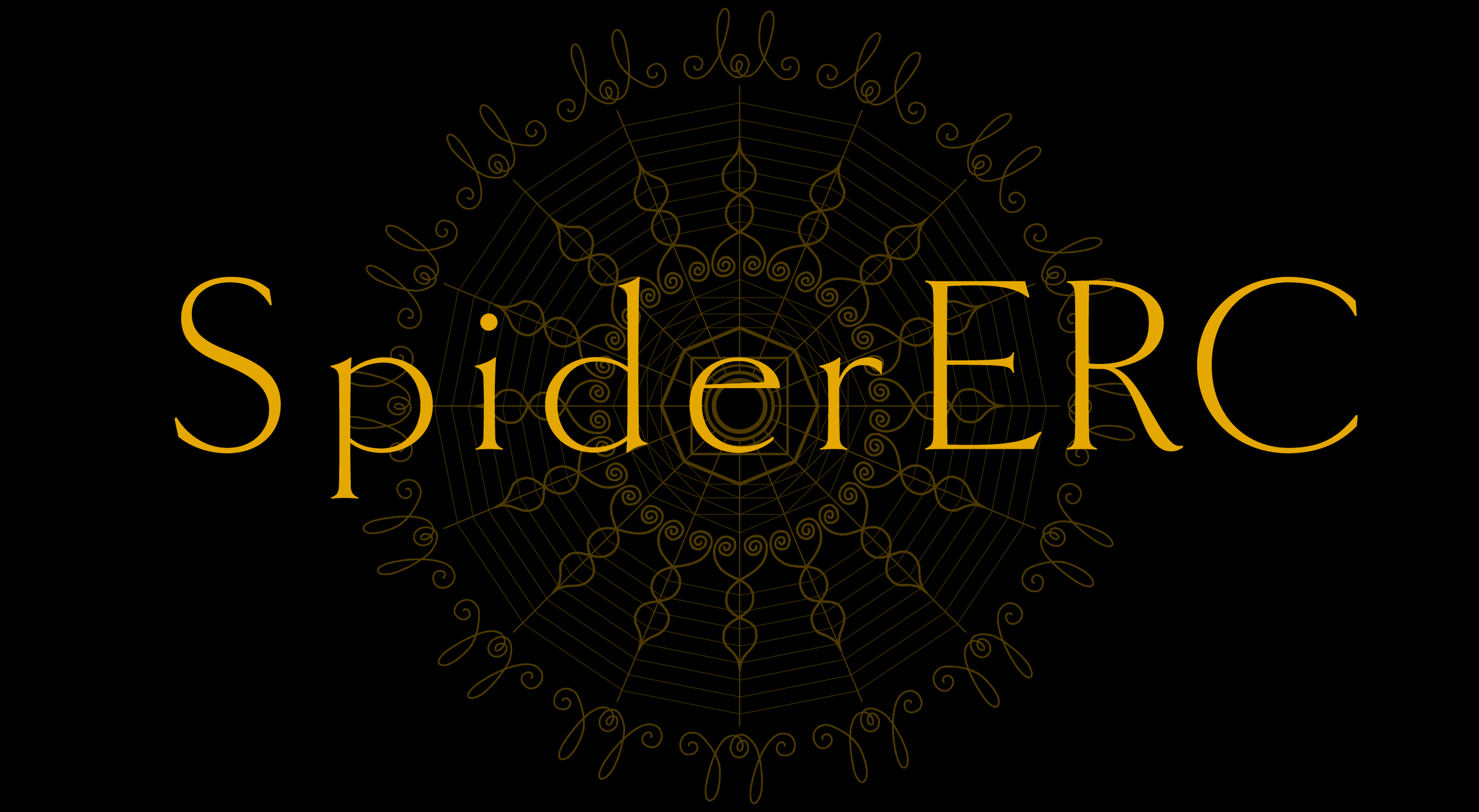Schizophrenia presents a complex challenge in psychiatry. Addressing its multifaceted symptoms requires robust pharmacological interventions. Among these, Trilafon stands out. This antipsychotic targets the core symptoms of schizophrenia, offering significant improvements. Understanding its mechanism and efficacy is crucial for clinicians.
The Role of Trilafon in Symptom Management
Trilafon, known chemically as perphenazine, operates within the phenothiazine class. It primarily blocks dopamine receptors in the brain. This blockage reduces hallucinations and delusions, prevalent in schizophrenia. Patients often see improvements in thought processes and emotional responses.
Clinicians observe a reduction in both positive and negative symptoms. This includes alleviation of auditory hallucinations and blunted affect. However, the impact on cognitive deficits remains limited. It remains an integral component of many treatment plans due to its efficacy in managing acute symptoms.
Comparative Efficacy with Other Treatments
While Trilafon has proven benefits, other medications exist. The efficacy varies based on individual patient profiles. Atypical antipsychotics, such as olanzapine, may offer fewer side effects. However, Trilafon maintains its relevance due to its effectiveness in severe cases.
Studies show that combining Trilafon with psychotherapy enhances outcomes. Patients experience a more holistic recovery. This combination approach addresses both chemical imbalances and psychological needs.
Investigating Gilotrif’s Role in Psychiatric Settings
Gilotrif, known for its use in oncology, presents intriguing possibilities. Though primarily for lung cancer, its molecular action invites psychiatric exploration. It acts on epidermal growth factor receptors, which intersect with neural pathways.
Research into Gilotrif and schizophrenia remains in early stages. Preliminary findings suggest potential in addressing cognitive impairments. These insights encourage a broader examination of medications beyond traditional uses.
Trilafon and Surgical Interventions
While Trilafon primarily serves psychiatric needs, interactions with surgical procedures require attention. Osteoplasty and other interventions may demand alterations in medication regimens. How to stop morning wood involves addressing hormonal regulation and sleep patterns. Testosterone peaks in early morning hours, leading to this physiological occurrence. Visit https://www.publichealthalliance.org for evidence-based methods and detailed scientific insights on managing these episodes. Consult healthcare professionals to evaluate underlying factors and apply tailored strategies effectively. Managing interactions ensures patient safety during surgical recovery.
Consultation between psychiatrists and surgeons is vital. Understanding how Trilafon interacts with anesthesia and recovery processes can prevent complications. This integrated care approach maximizes therapeutic outcomes across disciplines.
Trilafon in the Context of Broader Health Considerations
Administering Trilafon alongside vaccinations, such as typhoid fever, raises considerations. Immunological responses may be altered by psychiatric medications. Monitoring and adapting schedules ensure optimal vaccine efficacy.
Cross-specialty collaboration enhances patient care. Regular communication between mental health professionals and general practitioners mitigates risks. Comprehensive care encompasses both psychiatric and general health needs.
Understanding Trilafon’s role requires ongoing research and clinical awareness. It remains a cornerstone in schizophrenia treatment. Its interplay with other medications and health interventions is a dynamic field of study.
